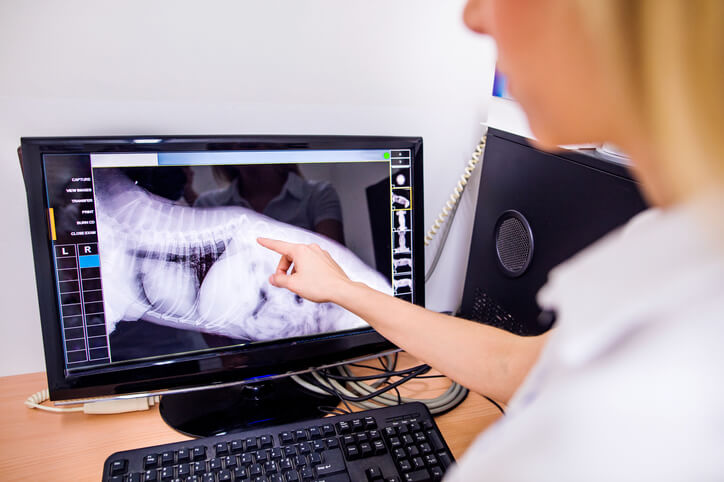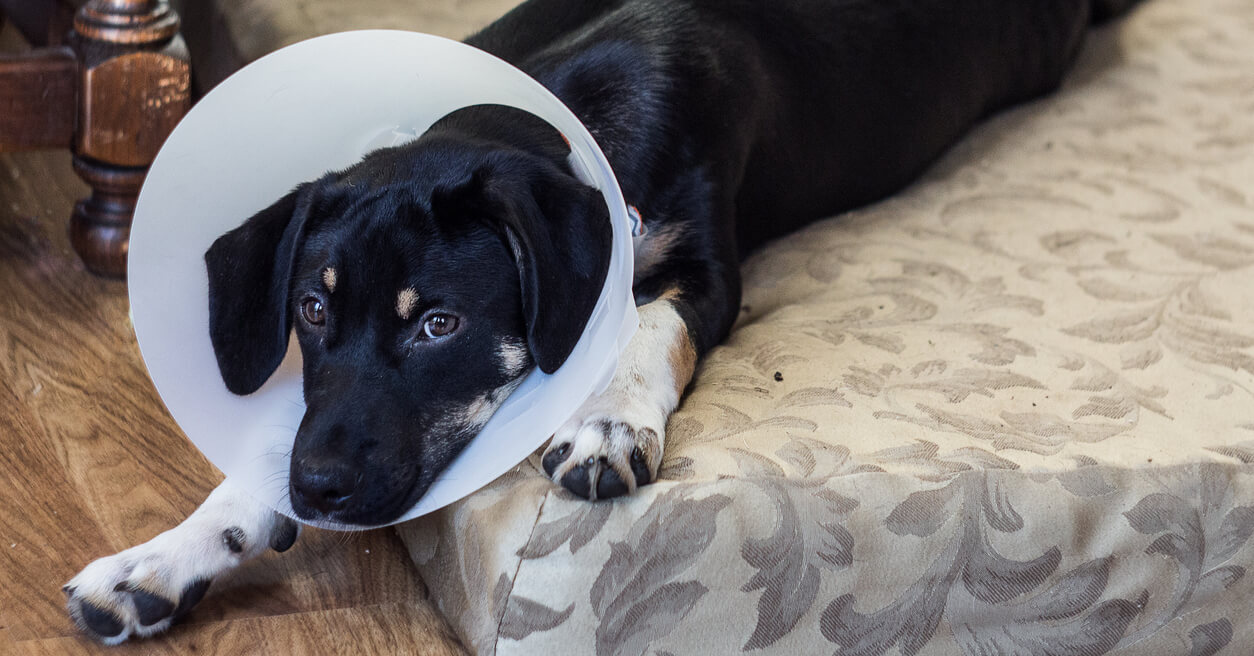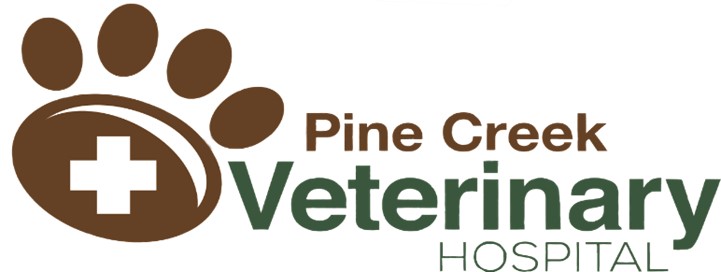Tumor Removal

We all get anxious when the word cancer is brought up, but if you have found a lump or growth on your dog or cat, it’s very important to get it looked at by a veterinarian as soon as possible. A mass does not always mean cancer and in fact most masses are simply cysts or warts; however, the sooner you can confirm a diagnosis, the better you and your pet will feel and be able to proceed with a treatment.
Types of Tumors

All tumors are classified as one of two types: benign or malignant. Before starting any treatment, we will perform an aspirate or a biopsy of the tissue in question to discover if it is a simple growth or a tumor. If it is a tumor, the next step is to identify what type of tumor it is and develop a treatment plan from there.
Benign Tumors

Benign tumors are noncancerous cells surrounded by a protective capsule preventing the cells from invading into neighboring tissue or spreading in the body. They are typically harmless, but they still aren’t completely risk-free. Depending on their location, they may be putting pressure on your pet’s organs, blood vessels, or nerves, which can cause pain, incite infection or cause permanent tissue damage or death. In some instances, a benign tumor can mutate into a malignant tumor. Because so much of your pet’s anatomy is hidden to the eye, it’s important to let a veterinarian judge the risks and benefits of removal versus leaving it alone.
Malignant Tumors

Malignant tumors are cancerous and are capable of uncontrollable growth and can easily spread to other areas of the body or become locally very aggressive. It’s very important to surgically remove a malignant tumor as soon as possible, before it has a chance to spread which greatly complicates your pet’s treatment plan.
Depending on the size, location, and aggressiveness of the tumor, we may recommend beginning additional treatment like chemotherapy, radiation therapy, or immunotherapy following surgery to make sure the cancer is eliminated from your pet. Many malignant tumors can be cured with surgery alone!
Recovery From Surgery

Most people are worried about surgery and because we’re people, too, we understand your apprehension. But we also want your pet to live a long, happy life with you! We employ special medical equipment and techniques to completely remove your pet’s tumor and improve post-surgical outcome. Our highly trained nurses closely monitor your pet’s pain level and vital signs during and after surgery enabling the doctors to address any concerns quickly and effectively. After returning home, make sure to follow our post-surgical instructions to make sure your pet recovers quickly and with few complications.
Depending upon your pet’s surgery site and type of incision, your pet will have a follow up appointment to evaluate the incision, your pet’s condition, and to discuss your pet’s specific options for therapy after surgery, if indicated.
Schedule Your Pet’s Surgery at Pine Creek Vet.

If your pet has a tumor or mass, don’t wait to get it checked out by a veterinarian.
